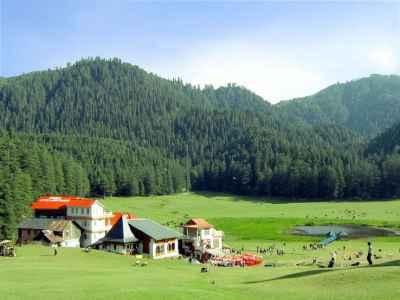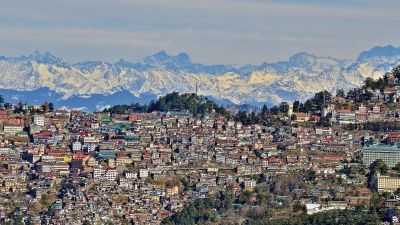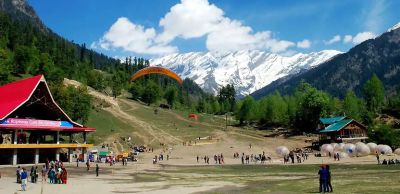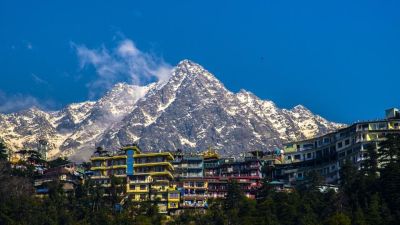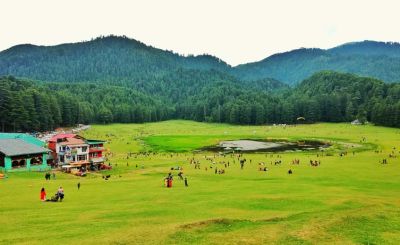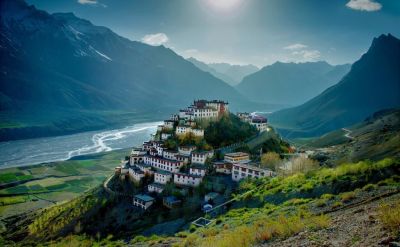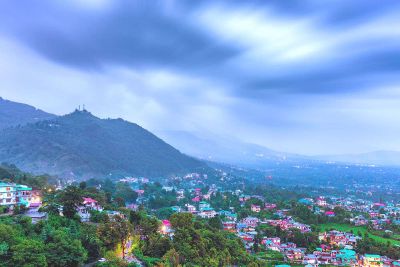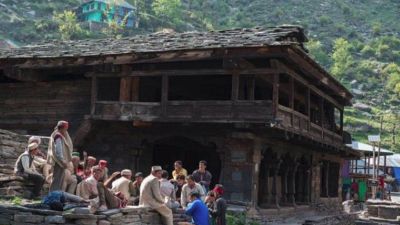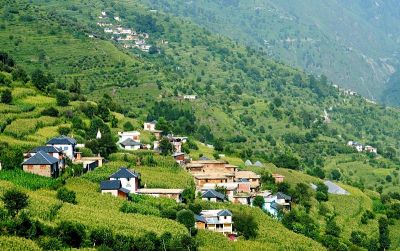Architectural Heritage Walks Through Himachal Pradesh's Towns
The exquisite state of Himachal Pradesh, nestled in the lap of the Himalayas, is not only known for its breathtaking landscapes and picturesque hill stations, but also for its rich architectural heritage. The towns of Himachal Pradesh are filled with magnificent palaces, ancient temples, and colonial-era buildings that reflect the region's cultural and historical significance. Embark on a journey through these towns and experience the architectural marvels that Himachal Pradesh has to offer.
Shimla
Starting our architectural heritage walk in Himachal Pradesh, we begin with the capital city, Shimla. This charming hill station is renowned for its colonial-era architecture that transports you back in time. The most prominent landmark is the Viceregal Lodge, also known as the Rashtrapati Niwas. Constructed during the British Raj, this magnificent building showcases a splendid blend of Jacobean and Scottish architectural styles. Another iconic structure is the Gaiety Theatre, a Victorian-era building famous for its impressive Gothic architecture.
As you stroll through the Mall Road, you will come across the Christ Church, one of the oldest churches in North India. This neo-Gothic structure is adorned with beautiful stained glass windows and houses a majestic pipe organ. The architecture of the church is truly awe-inspiring.
Dharamshala
Our next stop takes us to the picturesque town of Dharamshala, which is famous for being the residence of the Dalai Lama. The Tsuglagkhang Complex, also known as the Dalai Lama's Temple Complex, is the main attraction here. The complex showcases traditional Tibetan architecture and houses a monastery, a museum, and the residence of the Dalai Lama. The vibrant colors and intricate detailing of the complex leave visitors mesmerized.
Another architectural gem in Dharamshala is St. John in the Wilderness Church. Built in the neo-Gothic style, this church stands amidst a dense deodar forest and offers a serene and tranquil atmosphere. The stained glass windows and the old graveyard surrounding the church add to its charm.
Mandi
Continuing our architectural heritage walk, we arrive at Mandi, also known as the "Varanasi of the Hills" due to its numerous temples and ancient heritage. The Bhutnath Temple, dedicated to Lord Shiva, is a prime attraction here. This temple showcases the quintessential pagoda-style architecture and is adorned with intricate carvings.
An interesting landmark in Mandi is the Raj Mahal, a magnificent palace that once served as the residence of the royal family. The architecture of the palace reflects a mix of Rajasthani, Sikh, and British styles. The intricate woodwork, beautiful frescoes, and imposing gates of the palace are truly a sight to behold.
Kangra
Our final destination on this architectural heritage walk is Kangra, home to the famous Kangra Fort. Dating back to the 4th century BC, this ancient fort stands as a testimony to the region's rich history. The architectural style of the fort showcases influences from both the Hindu and Islamic traditions. Exploring the fort, you will come across intricately carved temples, palaces, and even a museum that displays artifacts from different eras.
Within the town of Kangra lies the Brajeshwari Devi Temple, an architectural marvel dedicated to Goddess Durga. This temple is known for its beautiful stone carvings and exquisite wall paintings. The intricate craftsmanship and attention to detail in the temple leave visitors spellbound.
Conclusion
Himachal Pradesh's towns are a treasure trove of architectural gems that transport you through time and showcase the region's rich heritage. From colonial-era buildings in Shimla to ancient temples in Mandi and Kangra, each town offers a unique glimpse into Himachal Pradesh's architectural history. So, lace up your walking shoes and embark on an architectural heritage walk through these towns to truly appreciate the beauty and grandeur of Himachal Pradesh's architectural wonders.
Don't forget to share this blog post with your friends and family who love architecture and are planning a trip to Himachal Pradesh!
Disclaimer : The information provided in this blog is for general informational purposes only. While we strive to keep the content accurate and updated, TravelSetu assumes no liability for errors or omissions. If you believe any part of this blog infringes your rights or causes concern, please notify us immediately at info[at]travelsetu[dot]com so that appropriate action can be taken.



